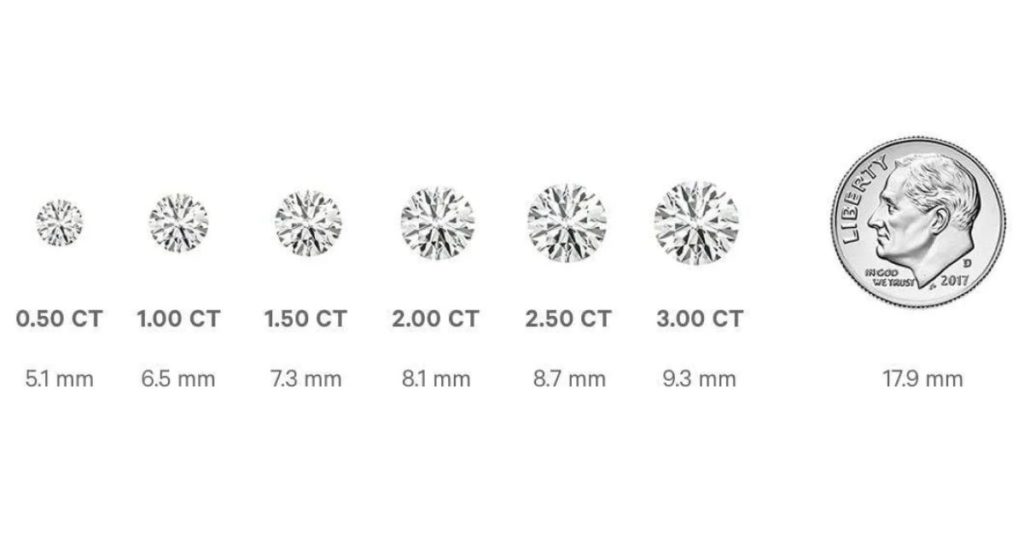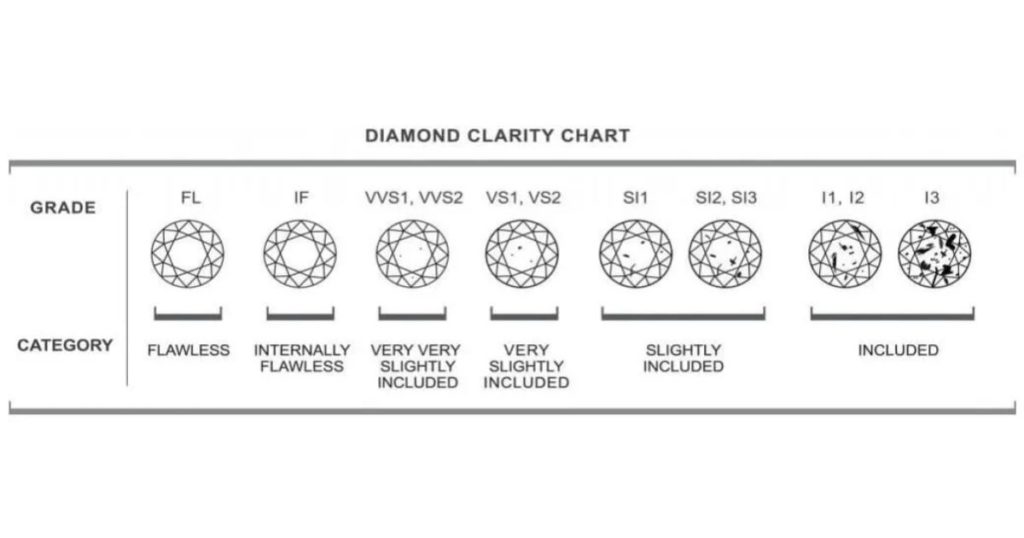The emergence of lab created diamonds has caused a stir in the diamond jewelry industry, offering engagement ring buyers an alternative to traditional diamonds. This development has left many curious about what exactly lab created diamonds are and how they differ from mined diamonds. At Clean Origin, we’ve compiled a brief guide to help you understand the basics. Our guide covers important aspects such as their manufacturing process, how they stack up against traditional diamonds, their advantages, and why they are more budget-friendly than their natural diamond counterparts.
Are Lab Grown Diamonds Real Diamonds?

In short, yes. The only difference between a lab created diamond and a mined diamond is its origin. Advanced technology mimics the natural diamond-growing process to grow lab created diamonds.
While some refer to lab grown or man-made diamonds as “synthetic diamonds,” this term can be misleading. Lab grown diamonds are not fake or imitations of real diamonds. They possess the same characteristics as naturally mined diamonds. A microscopic inscription on the lab grown diamond is the only way to differentiate it from a mined diamond.
The result is a diamond that is chemically, physically, and optically identical to earth-mined diamonds.
How Are Lab Grown Diamonds Made?

Understanding how to create a lab grown diamond requires distinguishing its process from that of a mined diamond.
Mined diamonds originate from carbon that lies deep beneath the Earth’s surface. The natural process exposes this carbon to temperatures of approximately 2,200 degrees Fahrenheit and subjects it to a pressure of 727,000 pounds per square inch. Over time, volcanic eruptions transport it from the Earth’s core to the surface.
On the other hand, there are two common processes to create lab grown diamonds – chemical vapor deposition (CVD) or high-pressure high-temperature (HPHT). These processes mimic the conditions under which mined diamonds develop. A diamond seed made of carbon is used to start the process to grow diamonds in-lab. The seed then is subject to high pressure and temperature, causing the formation of a larger diamond.
Can You Tell the Difference Between a Lab Created Diamond and a Natural Diamond?

Both diamond types have the same chemical and physical properties, making it difficult to differentiate between them with the naked eye. Specialized equipment and techniques require to distinguish between the two. For example, spectroscopy can reveal the differences in the diamond’s growth patterns, while gemologists can examine the diamond’s inclusions and other characteristics under magnification.
How Are Lab Grown Diamonds Graded?
When grading lab grown diamonds, labs use the same standards and criteria as natural diamonds. The Gemological Institute of America (GIA) has set forth the 4Cs as the primary factors in determining a diamond’s value: carat weight, clarity, color, and cut.
Carat weight

Carat weight refers to the weight of the diamond, with one carat equaling 0.2 grams.
Clarity

The term “clarity” in diamonds, as seen in the diamond clarity chart above, pertains to the extent of both internal and external flaws or inclusions.
Color

The grading scale for color ranges from D (colorless) to Z (light yellow or brown hues), with higher grades indicating greater value.
Cut

The term “cut” pertains to the diamond’s symmetry, proportions, and polish, which play a significant role in determining its brilliance and sparkle.
What Are the Benefits of Lab Diamonds?

There are several benefits to choosing lab grown diamonds, including:
Ethical Alternative
Recently, the diamond mining industry received criticism for its unethical production methods. They were not only exploiting miners and their families through forced labor but also supporting violent rebel movements in various African countries. The destructive origins of these actions led people to term them “blood diamonds” and demand stricter regulations.
In 2003, people established the Kimberley Process to address these issues, significantly reducing unethical practices in the co. It is now estimated that 99.9% of natural diamonds are conflict-free due to this certification process.
Despite these improvements, many people still prefer lab created diamonds as they can be traced back to their origin, providing peace of mind that their diamond was ethically sourced.
Environmentally friendly
Similar to the extraction of any natural resource, the diamond industry substantially impacts the environment. Although diamond mining companies make efforts to reduce this impact, lab grown diamonds are considerably less harmful to the environment by their very nature.
Growing a diamond in a lab consumes significantly less energy than mining one. Laboratories aim to decrease their expenses by minimizing the amount of energy used in the diamond creation process.
Cost-saving
Lab created diamond pricing is 20-30% less than mined diamonds, but this doesn’t mean they’re cheap. The initial cutting, polishing, and inspection costs are the same for both types. However, the processes and costs involved in producing them are quite distinct. Mined diamonds involve a lengthy supply chain to get a diamond from its raw state to a store.
On the other hand, lab created diamonds have a much shorter supply chain that involves fewer people. As a result, they are ultimately less expensive.
Lab Grown Diamonds at Clean Origin

We understand that buying a diamond engagement ring is a significant investment. You deserve all the necessary information to feel confident in your decision. While this guide is a helpful starting point, there is always more to learn. If you have any questions about lab created diamonds, engagement rings, or other jewelry, please do not hesitate to schedule an appointment with our team of jewelry experts or visit a showroom near you today!
There’s always more to learn. Click here for your next jewelry discovery.



